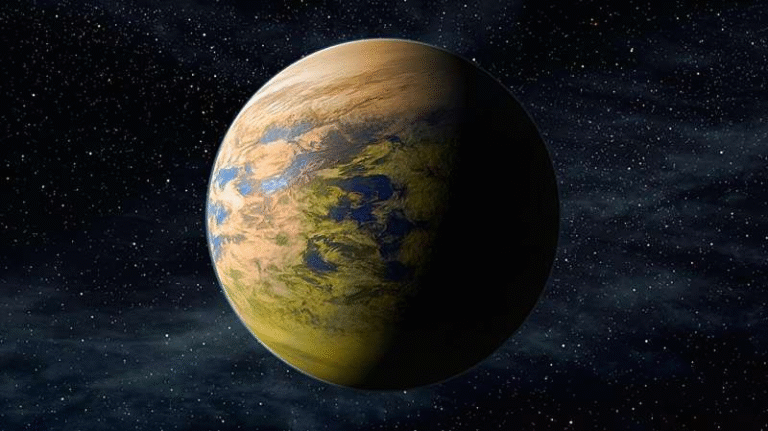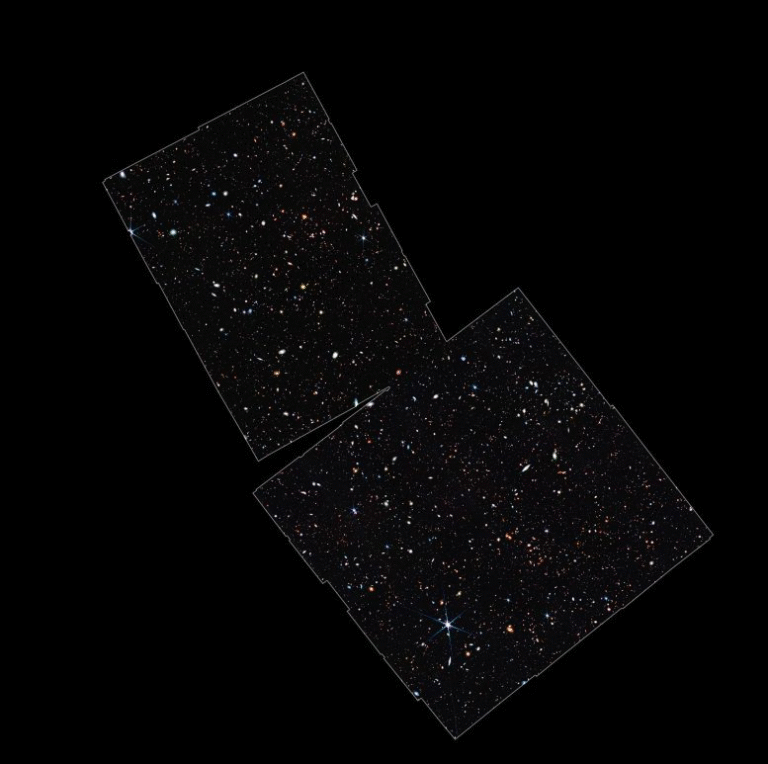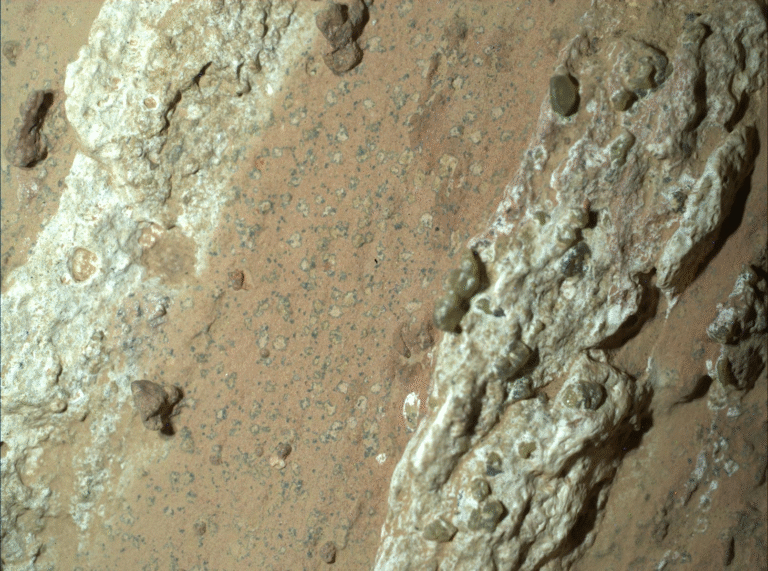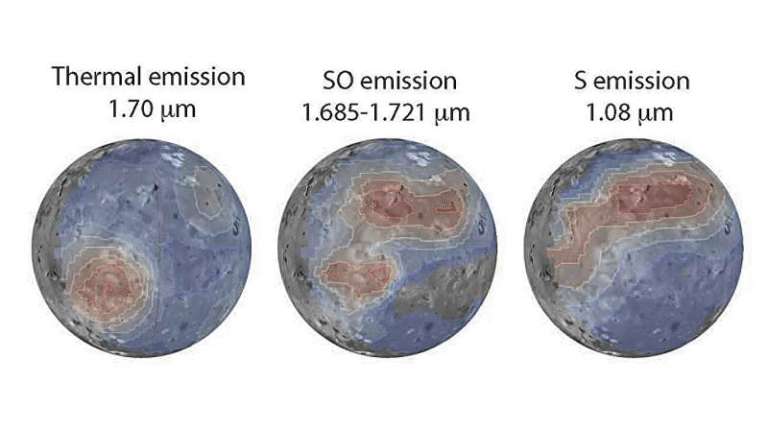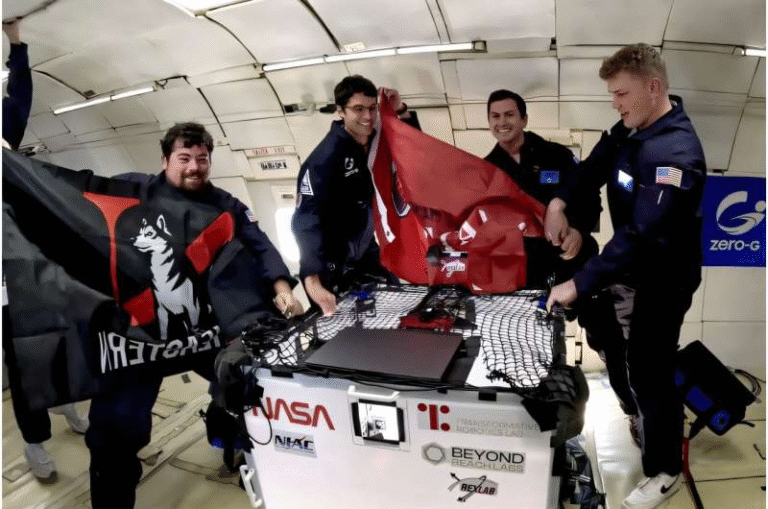Black Holes Might Be Powering Dark Energy – What DESI Just Revealed

For years, astronomers have puzzled over dark energy, the mysterious force that makes up about 70% of the universe and drives its accelerated expansion. The common assumption was that this energy was constant—an unchanging background force quietly pushing galaxies apart. But new findings from the Dark Energy Spectroscopic Instrument (DESI) are shaking up that idea in a big way.
A New Twist on Cosmic Expansion
DESI, perched atop the Mayall Telescope at Kitt Peak National Observatory in Arizona, is one of the most advanced tools we have for studying the cosmos. With its 5,000 robotic “eyes,” it can track thousands of galaxies every few minutes. Using this incredible technology, scientists are now mapping the universe in unprecedented detail—essentially creating a time-lapse of cosmic history going back over 10 billion years.
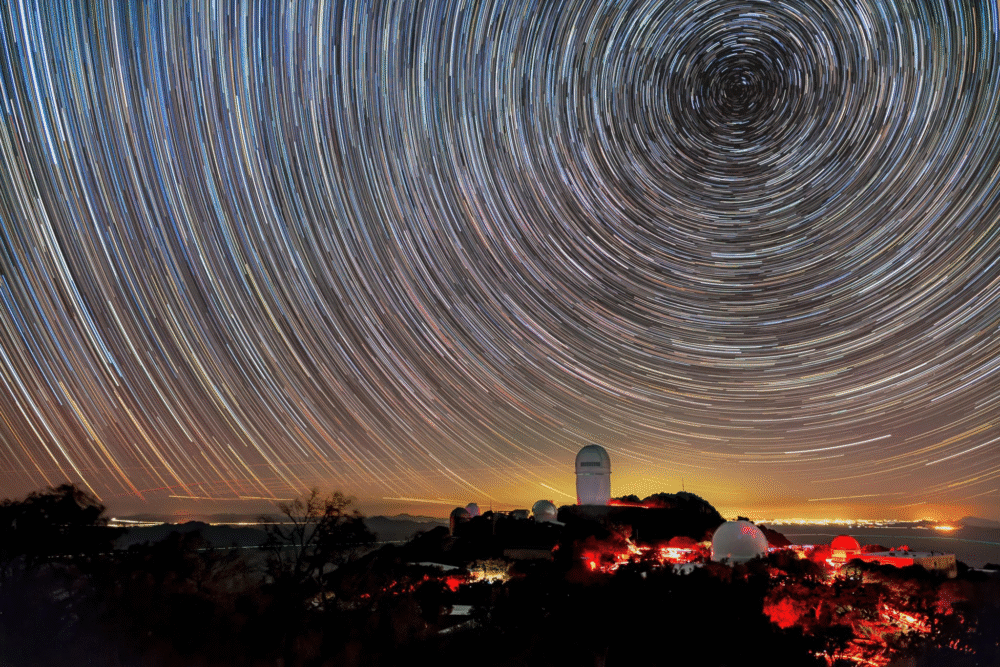
Credit: KPNO/NOIRLab/NSF/AURA/B. Tafreshi
The latest DESI observations hint that dark energy isn’t as steady as we thought. Instead, it might actually be changing over time. Even more fascinating, researchers suggest that black holes could be behind it—transforming the remains of dead stars into dark energy itself.
The Cosmologically Coupled Black Hole Idea
This bold proposal is called the cosmologically coupled black hole (CCBH) hypothesis. Here’s the idea: when massive stars collapse into black holes, part of their matter doesn’t just vanish into a dense singularity—it gets converted into dark energy. If true, black holes aren’t just cosmic trash compactors; they’re little factories adding to the energy budget of the universe.
What makes this hypothesis especially appealing is how naturally it ties into the history of star formation. The more stars that form and die, the more dark energy gets produced. It’s a clean link between the visible universe we can track with telescopes and the hidden force shaping cosmic destiny.
Ghost Particles and the Neutrino Puzzle
But the story doesn’t stop with black holes. DESI’s data also touches on one of physics’ most slippery mysteries: neutrinos. These ghost-like particles stream through everything—including you—by the trillions every second, without ever leaving a trace. Scientists know neutrinos have a tiny mass, but measuring it has been maddeningly difficult.
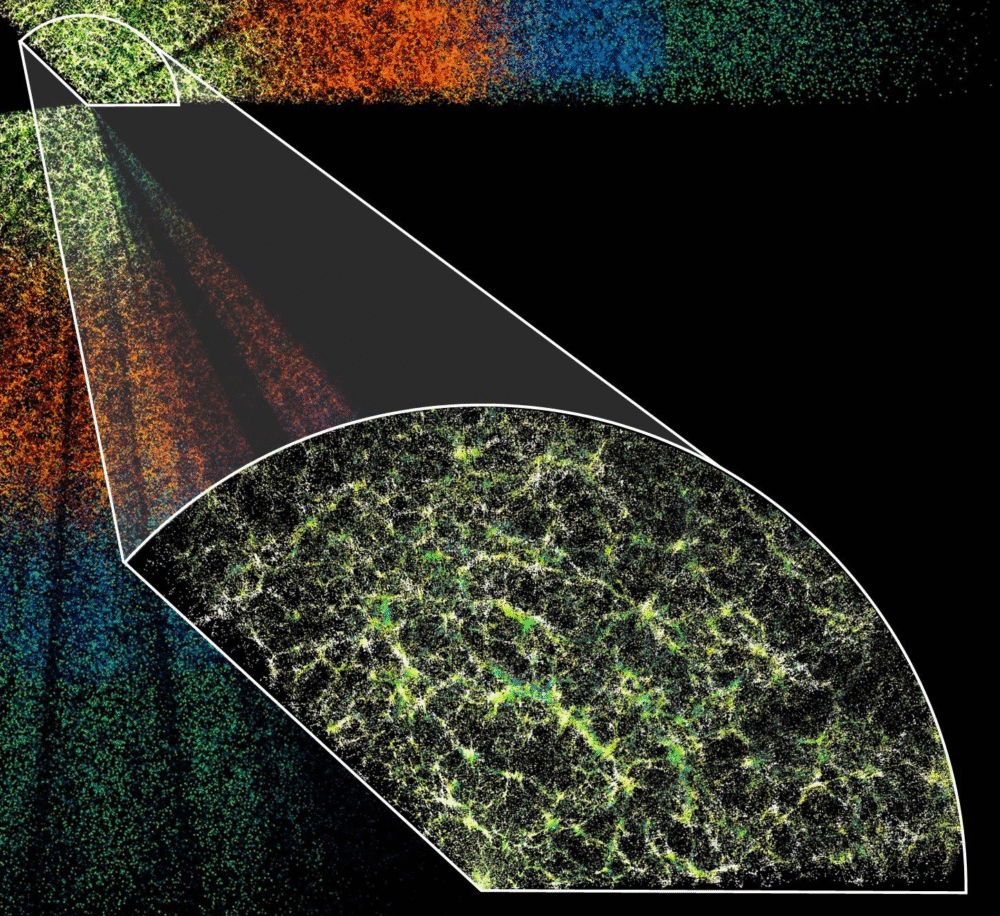
Credit: DESI Collaboration
Here’s where things get exciting: when the DESI data is interpreted using the CCBH model, the numbers finally line up. Instead of pointing to impossible results like “negative mass,” the findings suggest positive neutrino masses that fit with other ground-based experiments. It’s a neat resolution to what had been a baffling mismatch in cosmology.
Why This Matters
If black holes truly act as reservoirs of dark energy, it changes how we picture the universe’s growth. Matter slows expansion, but dark energy speeds it up. If matter is constantly being converted into dark energy, that would explain why the universe’s expansion has accelerated earlier and faster than expected. It might even help solve the long-standing disagreement between different measurements of the Hubble rate—the speed of cosmic expansion today.
This also means dark energy isn’t some magical, fixed number baked into the universe from the start. It’s dynamic, tied to the lives and deaths of stars. That opens up an entirely new way of thinking about the cosmos and its future.
What’s Next
The DESI project, involving over 900 scientists from 70+ institutions worldwide, is still in its early years of operation. By 2026, it hopes to map over 50 million galaxies. That means much more data is coming, and with it, sharper tests of the CCBH hypothesis.
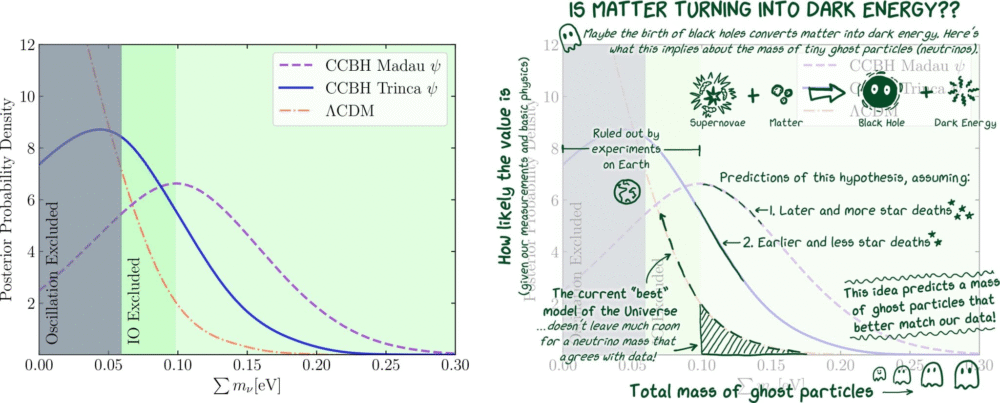
Right: An annotated version of the figure highlights and simplifies its key concepts.
Credit: Graph: S.A. Ahlen et al., Phys. Rev. Lett. 2025, DOI:10.1103/yb2k-kn7h | Annotation: Claire Lamman/DESI Collaboration
Of course, not everyone is ready to declare victory. The idea still has to withstand plenty of scrutiny and comparisons with other experiments. But the fact that this bold concept holds up against DESI’s massive dataset makes it one of the most intriguing cosmological possibilities in recent memory.
For scientists who have worked for decades on these instruments, it’s a thrilling moment: seeing fresh ideas that could rewrite the way we understand the universe’s engine. And for the rest of us? It’s a reminder that the cosmos is far stranger—and far more creative—than we ever imagined.
Source: “Positive Neutrino Masses with DESI DR2 via Matter Conversion to Dark Energy”
